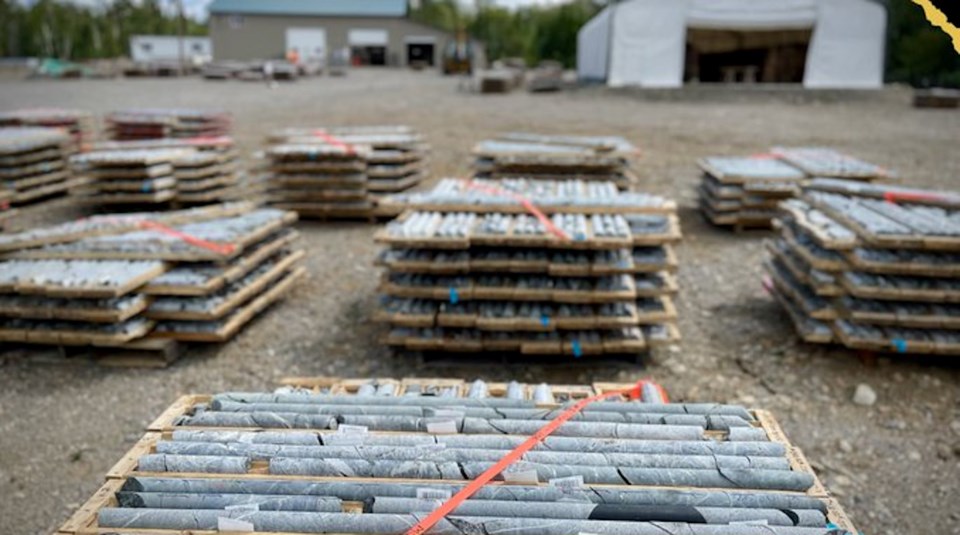Goldshore Resources believes there are more ounces to be found around its six-million ounce deposit in the Shebandowan area, west of Thunder Bay.
The Vancouver gold explorer announced in late October it has raised $13.9 million in flow-through financing that’s doing into exploration this winter to drill off targets in the vicinity where the company has sketched out a conceptual open-pit mine.
The Moss Gold Project is 100 kilometres west of Thunder Bay. The Trans-Canada Highway tracks across the north end of Goldshore’s holdings.
Last spring, tough equity markets forced Goldshore to shut down exploration activity at Moss. Now the company is back in the groove with a new development strategy, a new CEO in Michael Henrichsen, and a fresh infusion of exploration money.
The Moss project came with a history when Goldshore acquired the project from Wesdome Gold Mines in 2021. Goldshore inherited two deposits with a historic estimate of 1,473,700 ounces of indicated gold and inferred resources of 2,514,876 ounces of gold. Over its exploration tenure, Moss has had more than 243,000 metres of drilling by Goldshore and other companies.
Goldshore came out with its gold estimate of its own at 1.54 million ounces at 1.23 grams per tonne in the indicated category with an additional 5.1 million ounces inferred at 1.11 grams per tonne.
The company thinks Moss has the size and scale to be a district-sized gold mining operation with more ounces to be discovered within 200 metres of surface and at depth on the 14,300-hectare property.
Goldshore said it has identified some promising geological structures, running parallel to the deposit that show potential for gold mineralization. Collectively, these corridors total 23 kilometres in length.
This winter, the plan is drill some targets just north of the planned pit where high-grade mineralized areas have been found.
A preliminary economic assessment is underway of what a mine could look like. It will be released in the first quarter of 2025.
Goldshore’s development strategy is to take a phased approach to mining by starting out on a small scale, to reduce the size of its CAPEX – the capital expediture needed to build a mine – beginning as a 7,000-tonne to 12,000-tonne per day operation, to generate cash flow, before expanding to a large-scale production of perhaps 20,000 tonnes to 40,000 tonnes per day. More details will be included in the upcoming PEA.
Goldshore said it’s also moving through a strategic permitting plan, backed by more than three years of environmental baseline data, as a means to fast-track Moss through the development cycle. The company said it has two exploration agreements with area First Nations.




